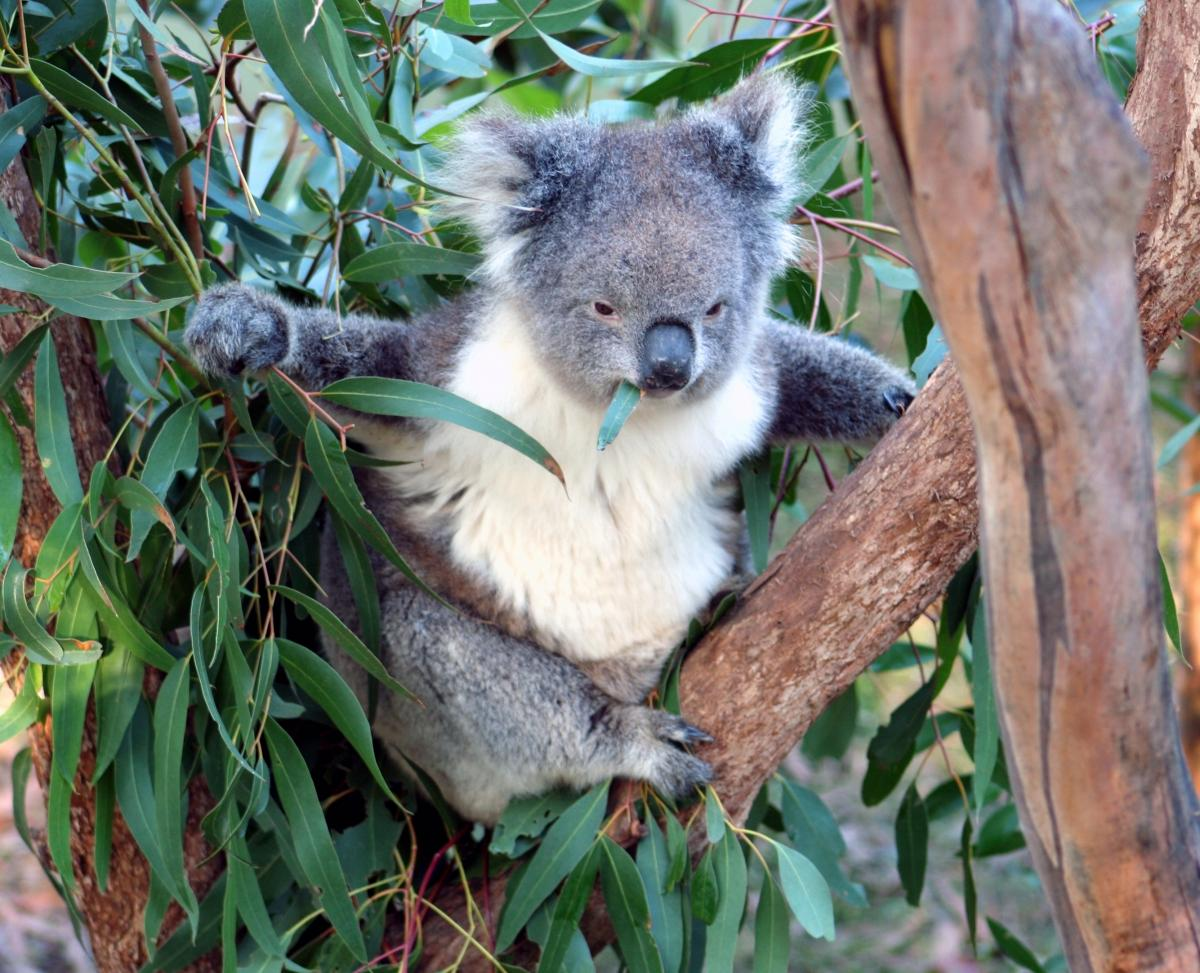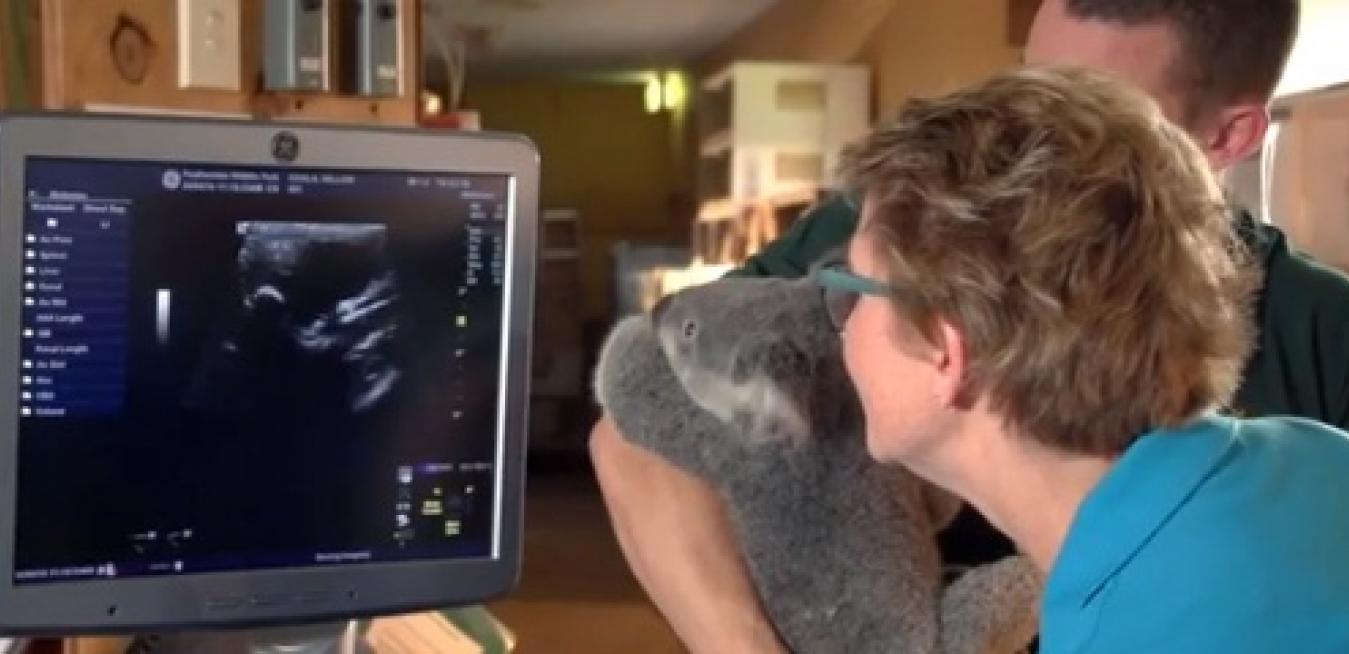You’re an expert in Australia’s favourite animal, the koala. How did that happen?
I grew up near bushland, and just used to spend a lot of time bushwalking, playing in the scrub and seeing lots of different native animals. Kids were allowed to do that back then.
I was pretty much on my own though, and it wasn’t until I went to uni that I met a lot of people who are also into marsupials.
For my PhD I researched a tiny little marsupial call the Antechinus, it lives up and down the east coast of Australia. We were trapping them to understand more about their habitat and looking for how many different species there were. It wasn’t until later that I began to focus on the koala.
That’s not very different from the research you’ve been involved in over the last couple of years with koalas?
Yes, that’s right, most of our research has been in and around Gunnedah and the Liverpool plains. The area was identified as a koala hot spot in a national survey in 2008. We worked on seven farms in the area, catching and tagging koalas with GPS tags so we could see how they spending their time, what they were eating and so on.
In the end we tracked fifty koalas to capture their movements, and we also got a vet to look over them when we first tagged them, so we could get some data on diseases in the population.
One of the main reasons we’re doing the research in this area is because back in the 1990s there was a lot of native tree planting, and we wanted to find out if it’s these new trees that the koalas are eating.
And is it those trees?
It’s actually very tricky to pin down. Koalas are quite fussy, not only do they like certain types of trees, they like a certain mixture of trees grown on certain soil types. We think it has something to do with the concentration of nutrients in the soil. Different trees produce different types of toxins, and the concentration of these toxins will vary depending on the soil type.
So koalas like to eat species like the River Red Gums, White Box, Yellow Box and Bimble Box– but they also need shelter trees to hang around in during the day.
Shelter trees are extremely important because during the summer they will just die of heat stroke if they can’t get out of the sun. Until we did the research we didn’t realise how important they were, but koalas will literally die of heat exhaustion on a hot day if they can’t get out of the sun. But these are usually Kurrrajong or Casuarina trees. The eucalypts aren’t very good at keeping off the sun.
How is it that they can cope with a diet which would poison most animals?
It’s really fascinating that they’ve evolved to eat like this, and it’s largely because of the bacteria they have in their bowels.
 video.
video.





